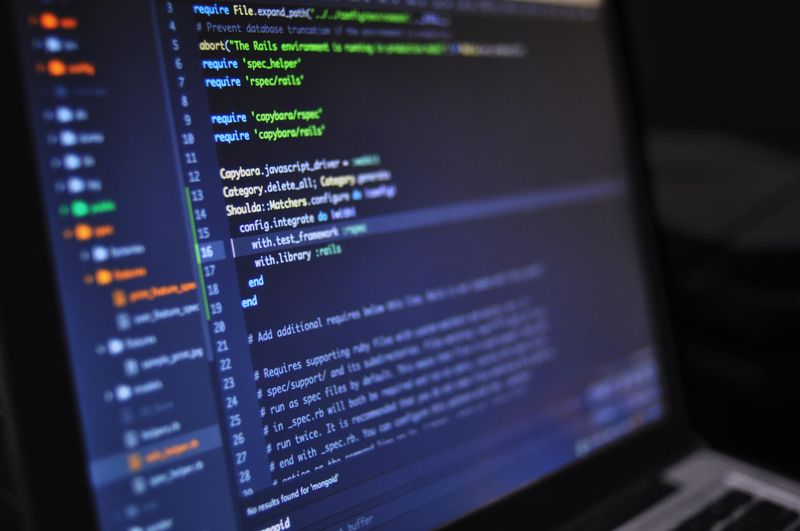The Double-Edged Sword of Content Scraping in the Age of AI
The Good Side of Content Scraping
Content scraping, the process of using bots to capture and store content from websites, has its benefits. When combined with machine learning, it can help reduce news bias by gathering vast amounts of data and information from various sources and evaluating their accuracy and tone. Content scraping techniques also enable quick aggregation of information, saving costs and reducing dependency on human labor.
The Bad Side of Content Scraping
However, content scraping carries significant risks. For example, some scraping bots exploit e-commerce sites, copying data that can be sold on the Dark Web or misused for malicious purposes such as creating fake identities or spreading misinformation. Additionally, there are scraper bots that disguise themselves as SEO-friendly crawlers, like “Googlebots,” and carry out harmful activities once they gain access to websites, apps, or APIs. These actions can undermine the integrity of the online ecosystem and harm businesses and individuals alike.
The Gray Area in Between
Generative AI models like ChatGPT, which have been trained on massive amounts of data scraped from the internet, raise ethical and legal questions about content ownership and attribution. While ChatGPT’s training data includes content from Common Crawl, a legitimate nonprofit organization, the model can scrape and train on any content that is not specifically protected. This poses a threat to content creators and journalists, as their work can be scraped without attribution, leading to a loss of recognition, website traffic, domain authority, and potentially ad revenue.
Moreover, recent incidents involving AI-generated content replicating famous voices in music raise copyright and legal concerns. The rapid pace of AI innovation surpasses the development of laws and regulations, leaving scraping activities in a gray area where companies must decide how to navigate these challenges.
So, What Now?
To protect their content from being scraped, businesses can take several measures. Blocking the Common Crawler bot, CCBot, is a start, but sophisticated bots that impersonate human traffic can bypass this simple defense. Placing content behind a paywall prevents scraping, but it also limits organic viewership and risks alienating human readers. As AI technology evolves, these measures may become insufficient.
In the future, if more websites block web scrapers from accessing data used by models like ChatGPT, developers may stop sharing their crawler identities, making it harder for companies to detect and block scrapers. Additionally, companies like OpenAI and Google may build their own datasets using their search engine scraper bots, making it challenging for online businesses reliant on Bing and Google to opt out of data collection.
The Evolution of AI and Content Scraping
The future of AI and content scraping remains uncertain. However, one thing is clear: technology will continue to evolve, and so too must regulations and defenses against scraping. Businesses must make decisions about allowing their data to be scraped and determining what is considered fair game for AI chatbots. Content creators seeking to opt out of web scraping should remain vigilant in strengthening their defenses as scraping technology advances and the market for generative AI expands.
In this ever-changing landscape, the balance between innovation, security, privacy, and intellectual property will need to be carefully navigated. Implementing robust cybersecurity measures, ensuring legal frameworks keep pace with AI advancements, and fostering an ongoing dialogue between technology developers, content creators, and lawmakers will be essential to strike the right balance.
Disclaimer: This article was written by a GPT-3 language model based on the provided input. It is important to fact-check and verify the information presented in this article.

<< photo by Stefan Coders >>
The image is for illustrative purposes only and does not depict the actual situation.
You might want to read !
- WinRAR Under Siege: Exposing a Critical Vulnerability for PC Takeover
- The Rise of Zero Trust Network Access: Empowering CISOs in the Cybersecurity Landscape
- Investigating the Mysterious Faces Behind CypherRAT and CraxsRAT Malware
- Latitude Financial Reveals Multi-Million Dollar Toll of Cyberattack
- Secure Solutions: Navigating Enterprise Cybersecurity within the Data Fabric
- Cloud Data Security 2023 Report Reveals Alarming Exposé of Sensitive Data in Over 30% of Cloud Assets
- Google Cloud and Brillio Join Forces to Revolutionize Financial Services and Healthcare Industries with Generative AI Solutions
- The Rise of AI Policy: Organizations Worldwide Move to Restrict ChatGPT and Generative AI Apps
- The Ethical Dilemmas and Creative Possibilities of Generative AI
- WinRAR Security Flaw Spotlight: A Gateway for Hackers to Commandeer Your Computer
- Securing User Data: Unveiling the Secrets of OAuth Grant Investigations
- The Rise of Securonix: Unleashing AI’s Power in Cybersecurity
- Fifty Minutes of Hacking Brilliance: Inside the DEF CON Battle to Crack ChatGPT
- Intelligent Vigilance: Unleashing Threat Intelligence with CoPilot AI
- “Bolsonaro’s Alleged Election Meddling: Unveiling the Brazilian Hacker’s Claims”
- Why Hubble’s Plea for a Return to Infosec Fundamentals Cannot be Ignored
- The Acceleration of AI: White House Fast-Tracks Executive Order
- The Hidden Risks of Discarded Devices: How Your Old Gadgets Can Become Gateways for Wi-Fi Network Breaches
- Digital Privacy: Evaluating the Impacts of Meta’s Race to Dethrone Twitter
- Breaking Encryption: The Illusion of Balancing Privacy and Security




